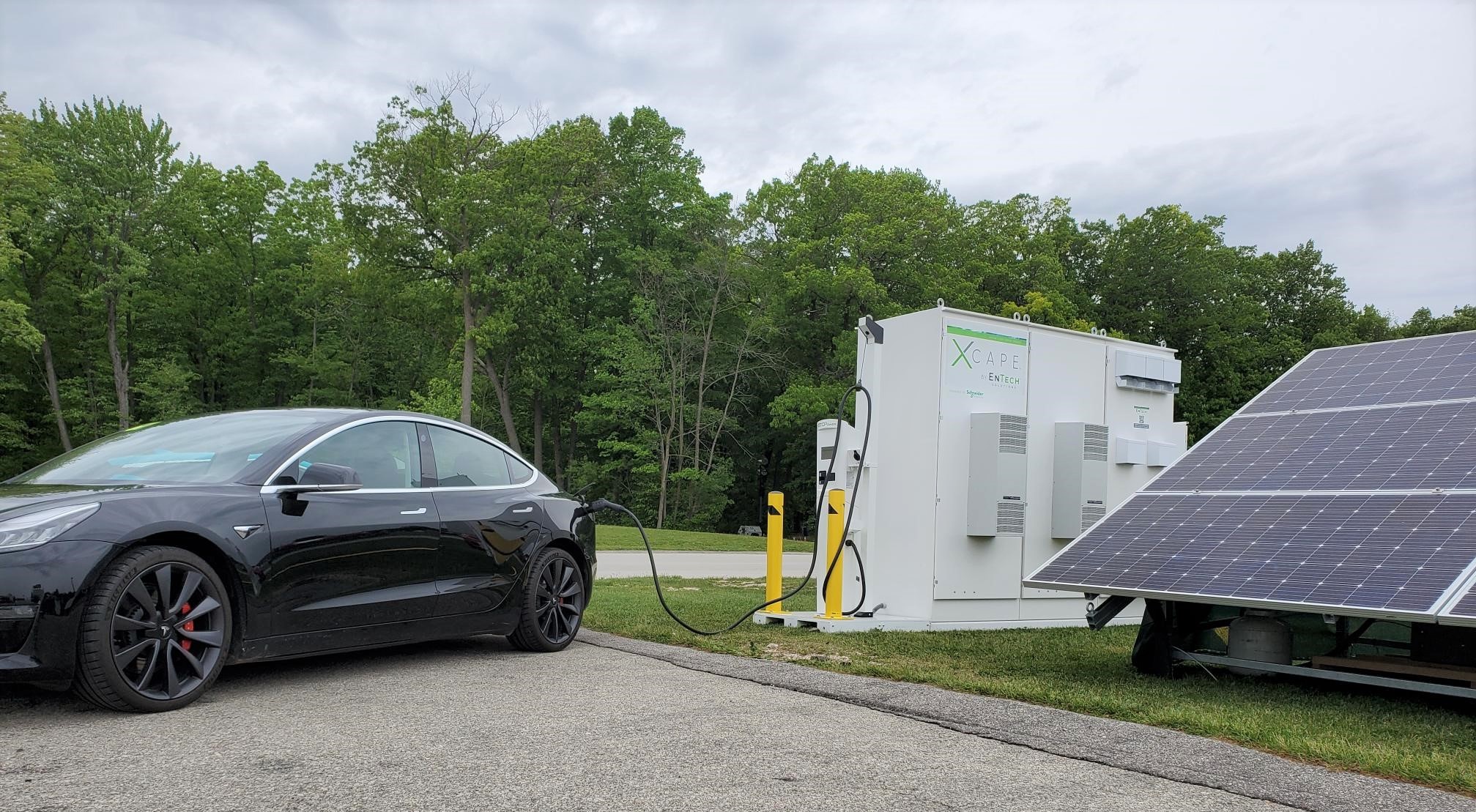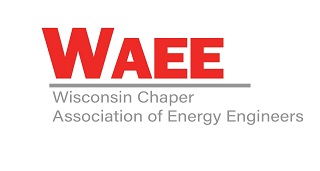
The first drive-in gas station was opened on December 1, 1913, more than 108 years ago. Today, there are more than 150,000 fueling stations in the United States alone. Infrastructure to fuel the vehicles we drive today has been built up over decades to the point where it’s now a convenience, and the thought of how fuel gets to the pump is an after-thought.
As technology expands, electric vehicles are emerging swiftly in the automobile space, with major manufacturers pledging billions of dollars to mass produce electric passenger vehicles, delivery vans, box trucks, semi-trucks, vocational vehicles, etc. With this new technology, the need for infrastructure to transport the electric “fuel” will need to be rapidly built to support mass adoption.
What is EV infrastructure?
EV infrastructure includes everything it takes to get a vehicle charger installed and powered. It can include electrical work such as conduit, wiring, electrical and charging equipment, and may also include other scopes of construction work. Here are the top five infrastructure factors to consider when thinking about electrification:
1 – Electrical Utility: The average US residential utility customer consumes about 30 kilowatt hours (kWh) of electricity daily. Electric vehicle batteries have a wide range of sizing, but an average passenger vehicle ranges between 30kWh and 200kWh, with larger fleet vehicles surpassing that. This means a typical EV can require 5-10 times the electrical usage of a typical house. Ensuring that your businesses current utility capacity can handle the addition of a charger may be the most important consideration. If it does not, then utility upgrades may be necessary. Upgrades can be costly and time consuming.
2 – Building Electrical System: Depending on the type of charger needed, a certain voltage of incoming power is required. There are typically 2 options: 208/240V, to support level 2 charging, and 480V to support DC fast charging. Depending on charger selection and incoming voltage, additional equipment may be needed to support the charging equipment. There may be on site capacity constraints such as properly sized electrical gear and electrical panels with ample space for new circuits to address.
3 – Non-Electrical Scopes of Work: Every site is unique and may require additional work outside of electrical. If chargers are being placed across a parking lot away from a building, for example, civil work may be required to place conduit beneath the ground to run the wiring for the charger. Structural work may be needed if chargers are ceiling hung. Landscaping may be needed to update areas requiring this type of work.
4 – Charger Hardware, Software, and Maintenance: As the market grows, the number of charger manufacturers and product offerings continues to expand. The same can be said about charger management software, giving consumers a variety of solutions that can service their needs. Ensuring maximum uptime is vital to making sure the vehicle is always fueled, so maintaining and servicing the charging equipment is important.
5 – Timing: The timing of EV infrastructure installation is very important. It may not make sense to have all the infrastructure and charging installed far ahead of the arrival of vehicles, but it’s important to ensure that charging is operational when the vehicles arrive. With lead times for possible utility upgrades, electrical equipment and charging equipment, and construction design and permitting, planning early makes a big difference in ensuring the system is set up on time.
EnTech Solutions is a full solution provider and can support you through your entire EV infrastructure project, starting with a discussion on what you’re looking for, through site assessment, system design and installation, through system optimization. Contact us today to learn more.
Thank you for checking out the EnTech Solutions blog. To stay up to date with technologies, developments and trends about clean energy, please subscribe.








